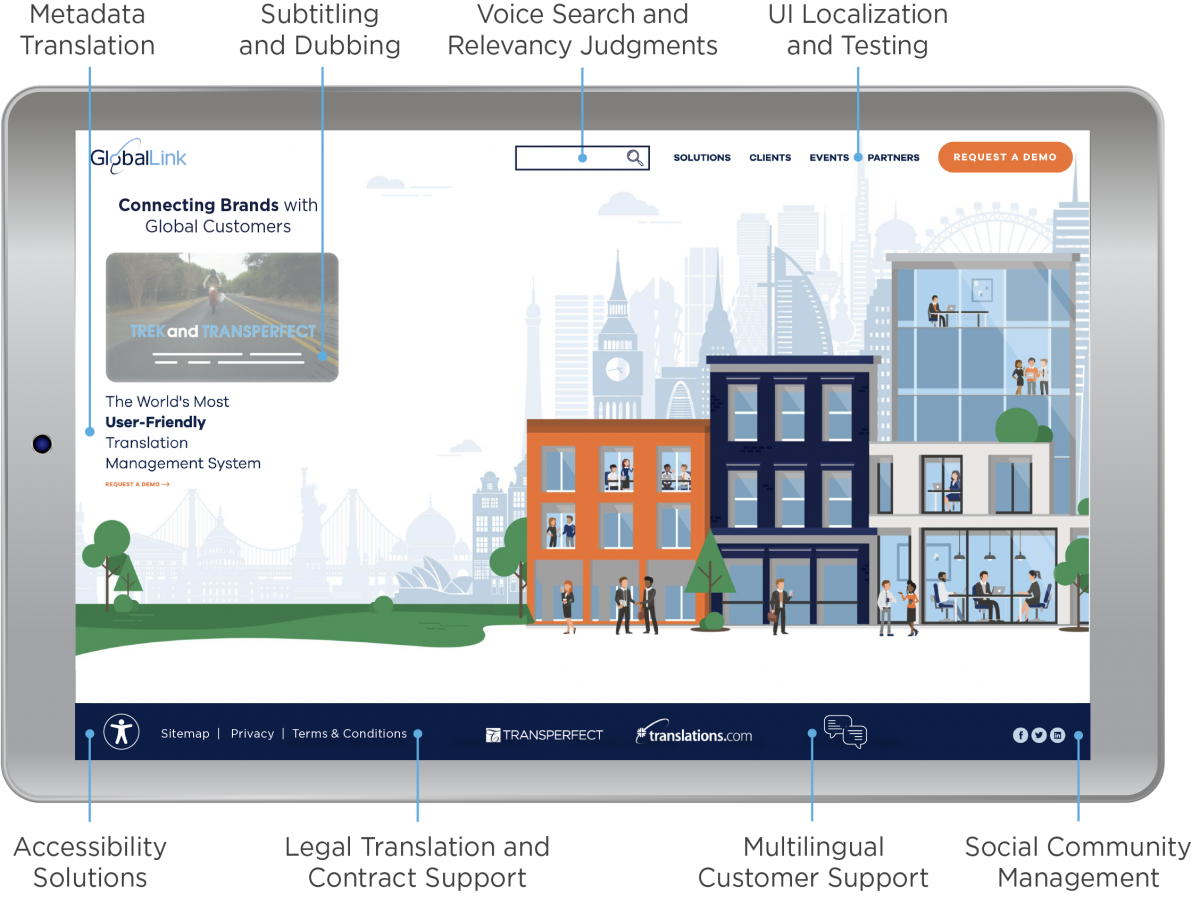5 Steps to Successful Video Localization


Did you know video ads are the number one way to get consumers to convert – from discovering a brand to purchasing its products or services?
And, by 2022, 82% of all web traffic will be video content.
This shouldn’t come as a surprise. Video is one of the most effective ways to connect with your target audience because it allows brands to tell a story in a visually compelling way.
But what happens if you want to share that video across global markets? It’s not as easy as sharing, promoting, or sponsoring it. There’s more to it, and it begins with video localization.
Step 1: Localize Content
There has been a spike in decisions to localize videos. This particularly includes brand engagement and corporate training videos, as these practices rely heavily on in-person interactions – something that we haven’t been able to do much of since the pandemic began.
If your goal is to be effective in a non-English dominant market, then video engagement is crucial. Branded video content is usually designed to drive action or emotion more so than written information. Non-native English speakers will struggle to grasp the essence of your content without localization.
Voiceover or subtitles need to be strategic and done so with language preferences of your target markets at the forefront. The method of content delivery, in-market preferences, expected volume of content, and timeline/budget restrictions should also be considered.
This step is when you need to establish the content. Keep in mind that you also need to ensure you’re creating a seamless, consistent, in-language experience.
Step 2: Optimize your Digital Strategy
How you decide to engage your target audience is brand-specific, but digital will be a huge part of it. This includes your website, mobile experiences, digital advertising, and all other online engagement models.
Having a cohesive strategy for your digital presence is just as important in your domestic language. As you work to expand into other language markets, making sure your entry point is localized, having dedicated SEO and SEM strategies in the local language, and curating local market content is going to ensure you speak directly to your target customer.
A lack of a custom, translated approach will put you at risk of coming across as tone-deaf at best and offensive at worst.
What’s equally important is considering the touch points of your target audience members. Consider where they are most connected and where most of your ROI driven from. By leveraging analytics surrounding your audience’s touch points will allow you to shift spend to your most impactful assets
Step 3: Develop and Curate a Social Community
Having online content is one thing, but ensuring it’s searchable (and found!) is another. If you have enough of an in-market presence to justify localization, ensuring you have an effective social community strategy is key. Consider what people are saying and what the larger social commentary in your industry looks like in other languages.
What’s trending about your content—and how that varies across global audiences—should be considered when making decisions about the future. Brands that practice effective social listening are significantly more likely to be aware of issues before they present themselves and be proactive about business decisions that can positively impact their organization.
Step 4: Provide Localized Customer Support
As a native-English speaker, imagine having trouble with your purchase and getting email replies in a different language or broken English. You get on the phone to see if there’s better communication there, but you’re on hold for 30 minutes before speaking with a native-English speaker. Hoping for a quick fix, you turn to the chat bot feature, but the AI can’t understand what you’re asking.
You’ve localized the one-way experience as effectively as possible, but it’s also important that you consider the two-way discussions you are having with your target audience.
Ensuring you are looking at trainable, neural machine translation (MT) engines for AI with native-speaking subject matter experts assist in customer support is essential.
Step 5: Define Success
There are numerous other angles to consider. For example, ensuring there aren’t regulations around your product in a given country and that your terms and conditions are appropriate for local markets.
Having a strategic vision on how the non-English speaking consumer fits into your organization’s goals is critical for in-language success. The customer experience with your brand isn’t linear; people are able to jump across platforms as they see fit, curate their experience, and quickly make their voice heard.
Your ability to connect with your target audience members in their local languages will directly impact the ROI of both your department and the organization as a whole. Defining your brand objectives, mapping the associated touch points, and having a specific multi-language strategy will ensure long-term, sustainable success.

Make sure that you’re localizing your videos and other content correctly by having the experts do it. Learn more about MediaNEXT’s localizing expertise, and contact us today.



